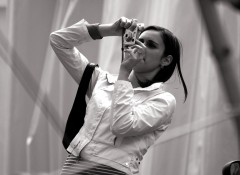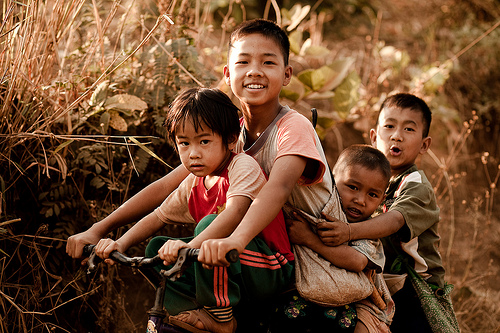
Photographing people is one of the most common forms of photography. While photographing family and friends is nothing out of the usual, the legal issues rise when photographing the general masses and people on the street. I came across and read about the requirement of model release forms when photographing people early in my profession. This heightens the sense of restriction and bounds in the stream of photography. Do you always need permission, seek consent or think twice before expressing a story that revolves around the human presence? If this is the case, it curbs the joy, thrill and creativity of the photographer. However, you have to be cautious when photographing people, and know when you must seek permission and when you must not. Else it’s like curbing your own rights as a photographer. There are several issues when photographing people, some legal, some morality based or just about ethics and common sense. Now please understand, this is not a legal advice by any means. This is more of how I personally tackle these issues.
-
The Public Aspect To Photographing People
The way a photographer is free to photograph the public property and public events, the same holds true for photographing people in the public domain. You are free to photograph the activities, reactions and candid life of people on the streets, unless people find it uncomfortable to get themselves photographed. The legal issue rise only when you intent to threaten or violate the right of privacy of the people, i.e photographing the personal dimension of their lives even though in public places (as in a public restroom or so).
-
The Purpose Of Photographing People
If you are photographing people just for the shear joy of capturing something creative and unusual and for non-commercial use, it is fair enough to photograph people as a voice to your art. The problems arise when you pick up the camera to photograph them to use the photographs for commercial use. This could perhaps be for online publishing or for selling them as stock photography and offering the photographs for editorial purposes. If this is the case, you definitely need to get the model release form signed by the subject. Again, if you are photographing people as the crowd or in the public domain, you are free to photograph them abiding by the law of the land.
-
Legal Acts
Each country has its own laws and rules regarding the rights of the photographer when photographing the people. While some countries have their own laws for not photographing the concepts of hunger and poverty, considering such acts as exploitation of economically poor sections of the society. The wise thing to do is to check out the legal acts and rights of a photographer of the country you are photographing in. It is always better to abide by the laws of the state to be on the safer side.
-
Unspoken Laws Of Humanity
Apart from the legal stuff and commercial usage of photographs of people, there are some unspoken rules of humanity which comes in handy for tactfully handling the people. Some people may not find it comfortable to be photographed, even though in public places. Approach the person with a friendly smile and take the permission prior to taking the photograph. If the person is minor or you are perhaps photographing a child, consider to ask for the permissions of parents or guardians and completely avoid photographing the people who consider your act offensive or obtrusive.
Knowing the laws and acts associated with photography comes a long way to help you protect your own rights as a photographer. This knowledge comes in handy especially when you frequently go out for street photography or are immensely interested in photographing the cultures and traditions of people.


